Questões de Concurso
Sobre sinônimos | synonyms em inglês
Foram encontradas 1.298 questões
Read Text | and answer questions 05 to 13.
Netflix is trying to prove to the world that it's all grown up
Netflix is trying to persuade Wall Street that it is now all grown up. After squeezing out millions of additional subscribers via its password sharing crackdown and through the introduction of cheaper advertiser-supported plans, the streamer knows that its growth spurts are coming to an end — and now it wants investors to stop obsessing over those pesky membership numbers and instead focus on other metrics.
"In our early days, when we had little revenue or profit, membership growth was a strong indicator of our future potential. But now we're generating very substantial profit and free cash flow. We are also developing new revenue streams like advertising and our extra member feature, so memberships are just one component of our growth", Netflix told shareholders as it reported quarterly earnings.
To that end, Netflix said that it will no longer report quarterly subscriber numbers, starting in 2025. Alas, the metric that Wall Street has forever judged Netflix on — the metric that prompted legacy media companies to burn endless piles of cash in their bids to compete with the streamer — will be retired. The decision to shut off transparency on the metric represents a significant turning point in the streaming revolution. For years, Netflix has prided itself on being extraordinarily transparent. Now it is aiming to hold its cards closer to its chest. And given that streaming giant is the trendsetter in the space, one could expect that other media companies will be inspired by the company's move and also opt to cease reporting such data.
To be fair, what Netflix is saying isn't necessarily off base either. As the company shifts its business model away from subscriptions and toward advertising and other revenue streams, it makes sense to consider how much time users are spending on the service. The more content a user consumes on Netflix, the more likely they are to continue paying for the service, and the more money Netflix then makes from that single subscriber. "We're focused on revenue and operating margin as our primary financial metrics — and engagement (i.e. time spent) as our best proxy for customer satisfaction,” Netflix underscored in its letter to shareholders.
Regardless, less transparency in an already opaque industry is not ideal. The walled garden of streaming already lacks the same detailed viewership data that Nielsen collects on linear television broadcasters. Now, visibility into the streaming world will get even dimmer.
The announcement from Netflix managed to overshadow its otherwise stellar quarter. The company handily beat expectations and added a staggering 9.3 million subscribers, meaning it now boasts nearly 270 million in total. Netflix also beat analyst expectations on both earnings and revenue. However, it wasn't all good news. Netflix forecasted its subscriber growth to be lower in quarter two, chalking it up to “typical seasonality.” That led the stock to slide nearly 5% in after-hours trading.
Whether "typical seasonality” is solely to blame, or whether the streamer is simply starting to hit a ceiling, is hard to tell. Perhaps it is a mix of both. Whatever the cause, the stock sliding on the less-than-ideal outlook is a prime example of why Netflix wants Wall Street to stop focusing on its subscriber numbers. And, in one year's time, investors won't have a choice.
Adapted from: https://edition.cnn.com/2024/04/19/media/netflix-subscription-numbers/index.html
In "(..) what Netflix is saying isn't necessarily off base either”, "off base” can be replaced, without changing its meaning in the context of the text, by:
Answer question according to TEXT 3 below.
TEXT 3
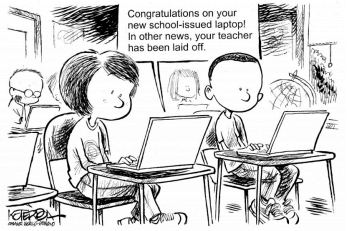
Available at: https://larrycuban.wordpress.com/2019/11/25/evenmore-cartoons-on-technology/. Access on: Apr. 9th, 2024.
Check the comic to answer question.

Fonte: https://media.baamboozle.com/uploads/images/76546/1598950862_26075
Text 2

Available
in:<https://www.un.org/en/climatechange/voices-of-change-ashley-lashley>
Text 1
Romanticism
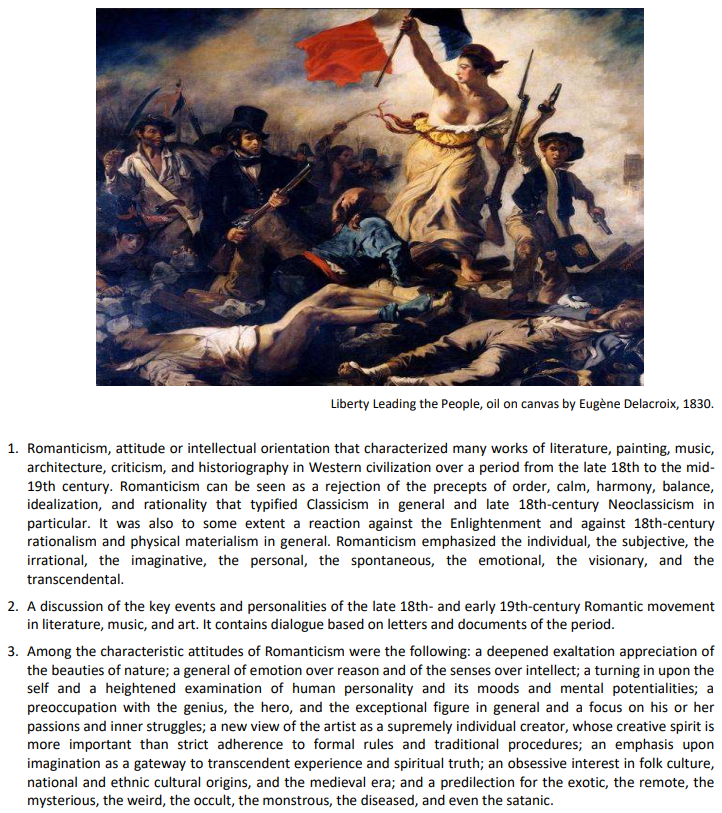
BRITANNICA, The Editors of Encyclopaedia. “Romanticism”. Encyclopedia Britannica, 26 Dec. 2023,
https://www.britannica.com/art/Romanticism. Accessed 1 February 2024
Poor Things – Emma Stone transfixes in Lanthimos’s thrilling carnival of oddness
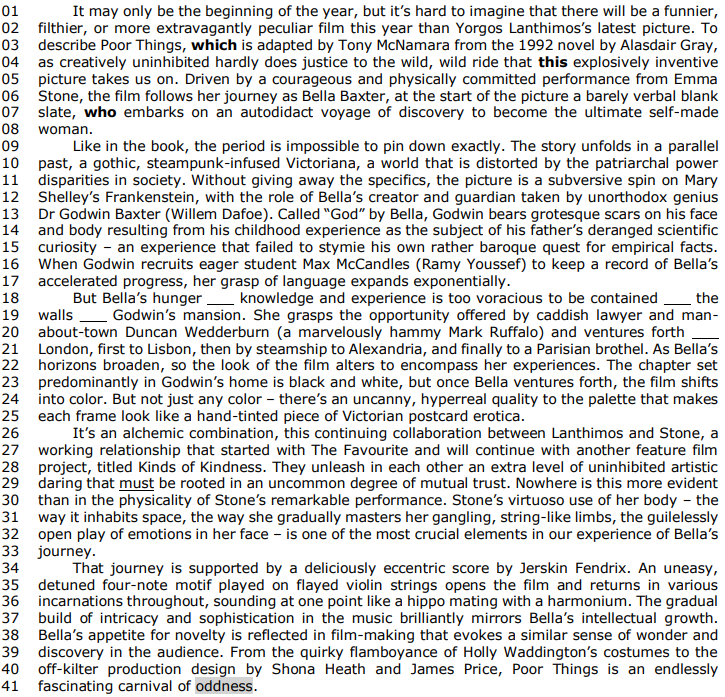
(Available at: www.theguardian.com/film/2024/jan/14/poor-things-review-yorgos-lanthimos-emma-stonefrankenstein – text specially adapted for this test).
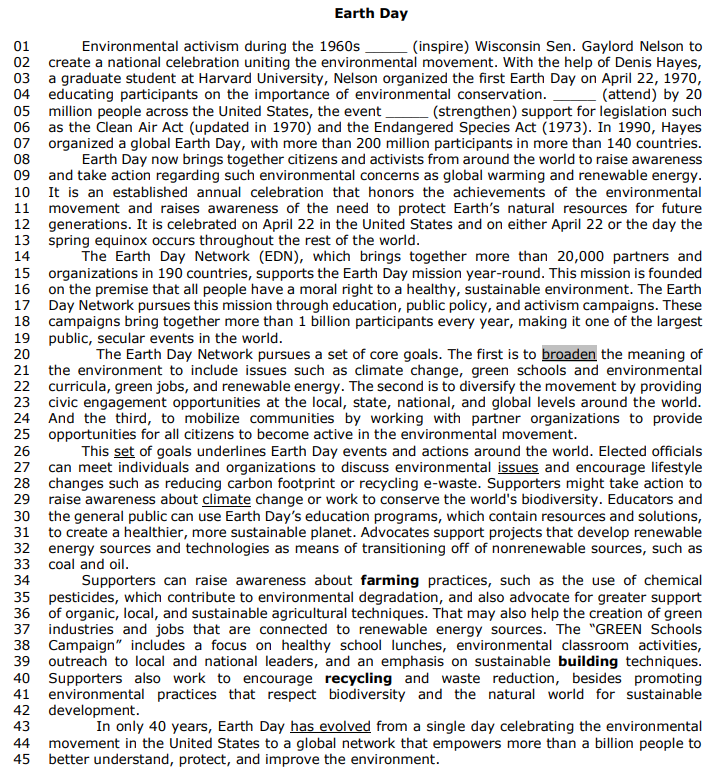
(Available at: education.nationalgeographic.org/resource/earth-day/– text specially adapted for this test).
Text 1
Youth and Adult Literacy in Brazil:
learning from practice
The Concept of functional ILLITERACY
[…] A person is considered functionally literate ..................... he or she is capable ................. using reading and writing skills ........................ meet the demands of his or her social context, using them to continue learning and developing over their lifetimes. With the expansion of the access to schooling beyond literacy, the focus was shifted to the quality of the educational process offered to all. The issue here is not simply whether people know how to read or write, but what they are capable of doing with those skills. This means that, besides the issue of illiteracy, a social problem that still persists in Brazil, there is also the issue of functional illiteracy; in other words, the inability to effectively use reading and writing skills in the various areas of social life after a certain number of years of schooling. According to census criteria, individuals with less than 4 years of schooling are considered functionally illiterate. […]
Source: https://unesdoc.unesco.org
Study these sentences below and decide if they are true ( T ) or false ( F ), according to structure and use of grammar and lexical aspects of language use.
( ) The words in bold, them and their in text 1, are respectively an object pronoun and a possessive adjective.
( ) In the sentence: The issue here is not simply whether people know how to read or write… the underlined word whether can be replaced by if without changing its meaning.
( ) The noun criteria in: According to census criteria, individuals with less than 4 years of schooling are considered functionally illiterate; is the singular form of criterium.
( ) In the following sentence from text 1: … the inability to effectively use reading and writing skills in the various areas of social life after a certain number of years of schooling; the underlined words reading, writing and schooling are examples of present participle.
Choose the alternative which presents the correct sequence, from top to bottom.
Read the text and answer the question.
What is a consumer society?
A consumer is a person who buys things, and a
consumer society is a society that encourages people to
buy and use goods. Some people think that a consumer
society provides people with better lives. People in
consumer societies tend to live more comfortably.
They eat a wider variety of food. They go to restaurants
more often. They also buy a lot of products, maybe
more than they need. Products such as TVs, cell phones,
and computers used to be luxuries. Today people can
buy these things more easily than ever before. The
market for these goods is growing faster all the time.
Consumer societies encourage people to buy bigger
and better products. For example, “smarter” phones
come out every year. In a consumer society, people are
often buying newer and more advanced products. This
creates a lot of waste. Nowadays, many people are
thinking more seriously about the effects of consumer
societies on the environment, and they are trying to
become more responsible consumers.
(https://www.eltngl.com/assets/downloads/grex_pro
0000000538/grex2_su8.pdf).
Comet Fragment Explodes in Dark Skies Over Spain and Portugal
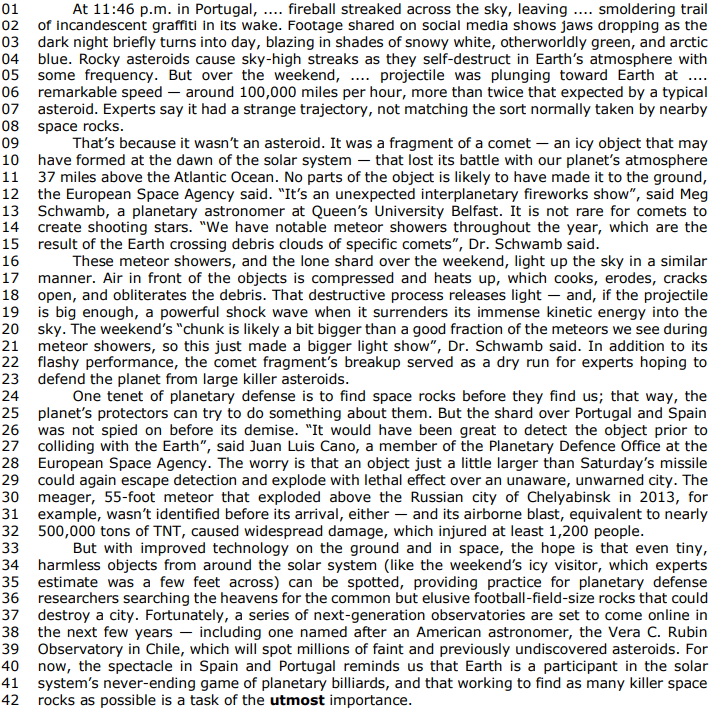
(Available at: www.nytimes.com/2024/05/19/science/comet-fireball-portugal-spain.html – text specially
adapted for this test).
READ THE FOLLOWING TEXTTO ANSWER QUESTION.
TEXT 4
According to the Brazilian National Education Guidelines and Framework Law enacted in 2017, English language teaching is mandatory from the sixth year of elementary school until the last years of high school. However, the curriculum does not guarantee that all Brazilian students will receive English teaching. In 2013, Data Popular, a Brazilian research institute, drafted a report for the British Council analyzing the problems concerning knowledge of English in Brazil. The report claims that the low level of English proficiency amongst Brazilians reflects the educational opportunities available in the country […].
To understand the reasons why English teaching does not seem efficient for all students, it is important to highlight the English language teaching provision in Brazil. Formal English teaching in Brazil takes place in four different contexts: English schools, bilingual schools, regular private schools, and public schools. In general, people who wish to learn English believe that effective learning occurs only in private English schools or bilingual schools because the structure (the teaching methods and the quality of support materials) is more likely to provide successful learning. The focus in those institutions is on oral expression. Learners have more exposure to the target language because classes are taught entirely in English, and teachers are usually well trained to comply with that requirement. In addition, groups are smaller, so students can receive personal support and enjoy a comfortable learning environment, not to mention access to multimedia resources.
(Adapted from: https://academic.oup.com/eltj/75/1/103/6169556)
READ THE FOLLOWING TEXTTO ANSWER QUESTION.
TEXT 3
“The sudden spike of artificial intelligence (AI) technologies has had and continues to have a transformative impact on various domains, including education. The advent of AI-powered large language models [LLM], such as OpenAI's ChatGPT, will significantly enhance the way English as a foreign language (EFL) is taught and learned. This article explores the versatile applications of ChatGPT as a valuable tool in any EFLteacher's toolkit, specifically focusing on material development and assessment. The demand for effective EFLteaching and learning strategies has been steadily on the rise for years due to globalization and the widespread adoption of English as the lingua franca for international communication. Consequently, the integration of technology in language education has become crucial in addressing the diverse needs of EFL learners and teachers. ChatGPT, a cutting-edge LLM, holds considerable promise in revolutionizing EFLeducation, as it combines advanced natural language processing capabilities with a realistic instantaneous humanlike interaction. This article aims to provide some potential benefits of utilizing ChatGPT in EFL education. First, we examine how ChatGPTcan be employed in material development, streamlining the process of creating engaging and contextually relevant resources tailored to the needs of individual learners, as well as other more general uses. Second, we explore the role of ChatGPT in text assessment, highlighting the fact that, unlike humans, it has the potential of offering real-time, personalized feedback on learners' performance, thereby enhancing the overall learning experience. It is worth noting that this article as well as the applications suggested in it are based on the latest ChatGPT4 and not the older ChatGPT3.5.”
(Adapted from: https://langedutech.com/letjournal/index.php/let/article/view/48 )
Considering this period, the word steadily can be substituted, without change in meaning, by which one of the following?
Read TEXT 1 for question:
TEXT1

Available at: www.comicstriparchive.com/Beetle_Bailey/ (adaptado)